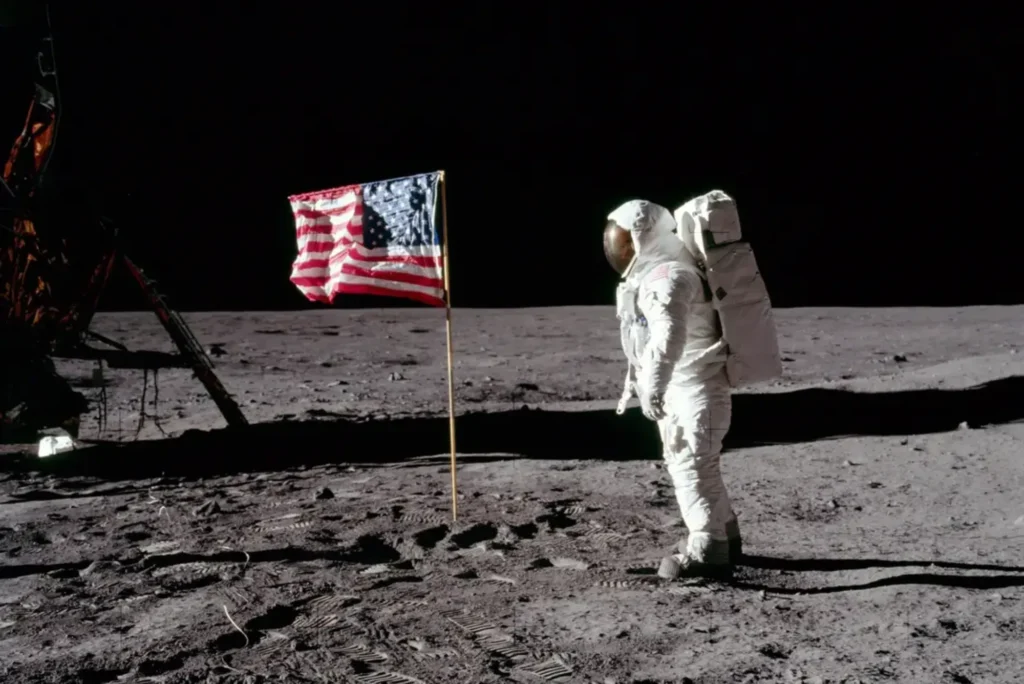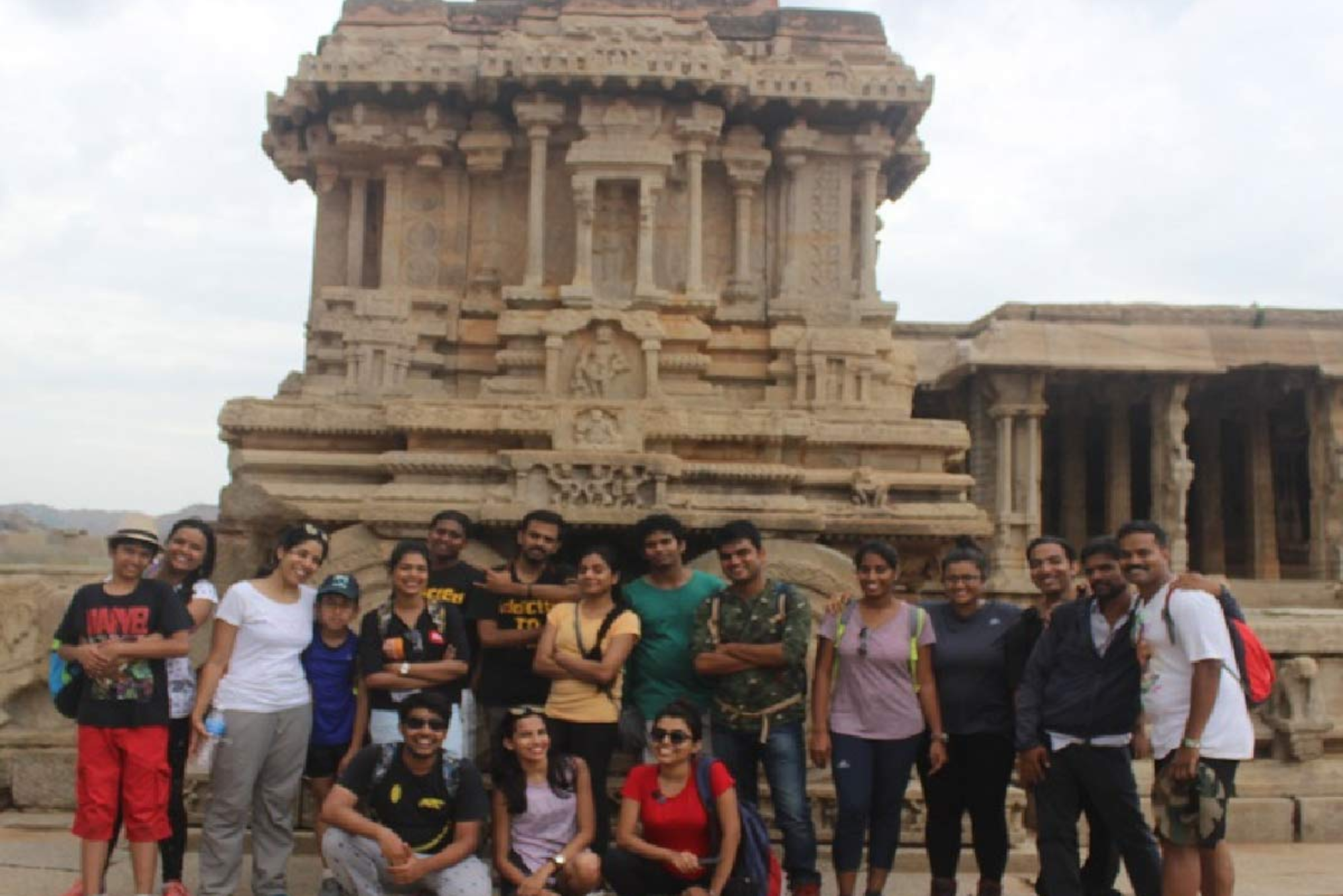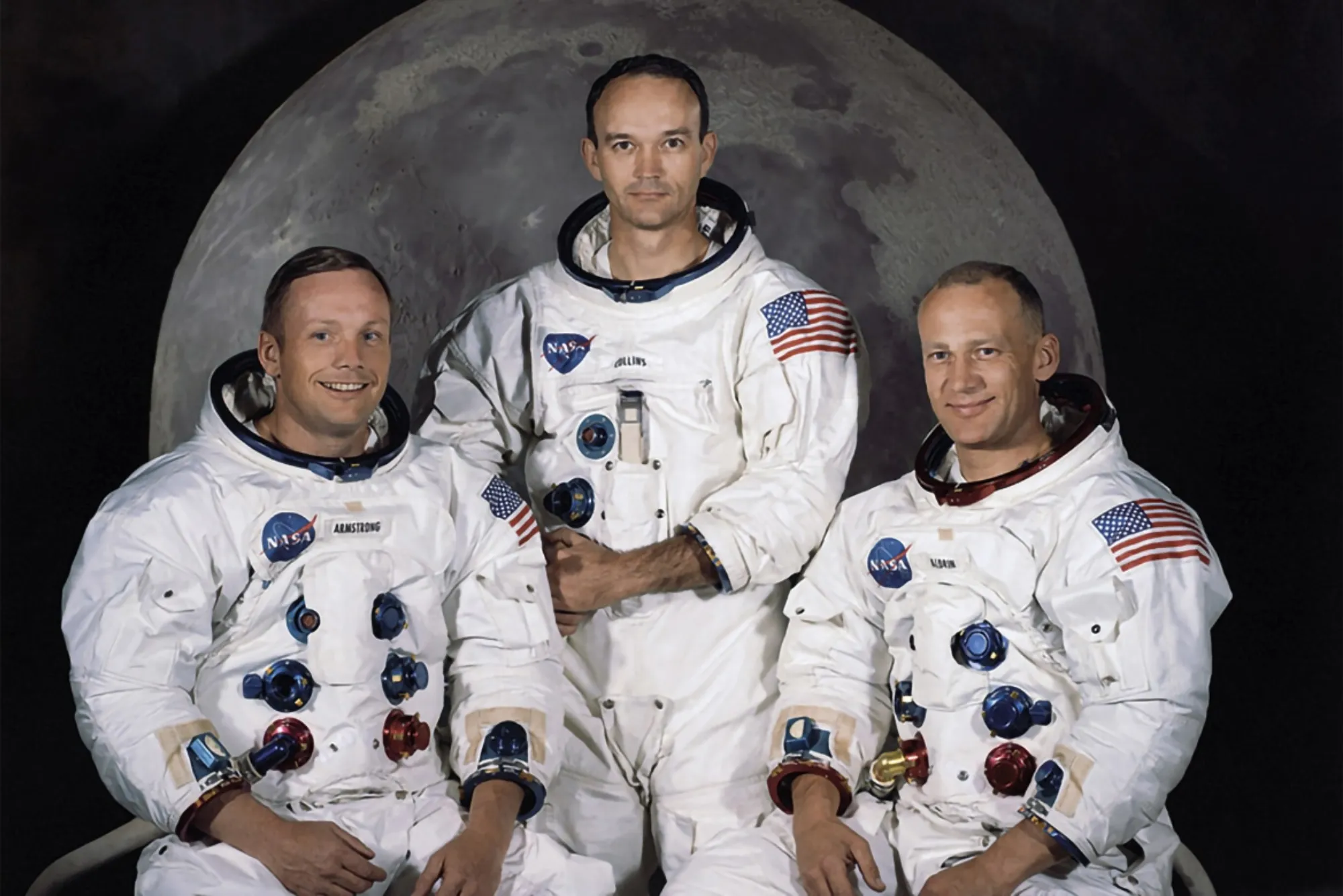In the vast expanse of space, the Moon stands as a celestial neighbor, beckoning human exploration and discovery. Beyond its desolate landscape and barren terrain lies a realm that has witnessed remarkable feats of human ingenuity. Amidst the scientific endeavors of the Apollo missions, a question arises: amidst the moon rocks and lunar dust, has sport found its place?
A Historic Leap: The Apollo Missions
The Apollo missions represent a monumental leap forward in human exploration, symbolizing mankind’s relentless pursuit of knowledge and adventure. While the primary goal of these missions was to explore the lunar landscape and conduct scientific experiments, they also provided a unique opportunity for a form of recreation never before seen—sport on the Moon.
Setting the Stage: Sport on Moon
The concept of sport on the Moon represents a remarkable convergence of human ingenuity, exploration, and recreation. As humanity’s reach extends beyond the confines of Earth, the notion of engaging in sporting activities on the lunar surface captures the imagination and challenges conventional notions of athletics and adventure.
Beyond Earth’s Bounds
The Moon, with its barren landscapes and otherworldly vistas, provides an unparalleled backdrop for human exploration and endeavor. Against this backdrop, the idea of participating in sporting activities takes on a new dimension, offering a glimpse into a future where the boundaries of athletic achievement extend far beyond the confines of our home planet.
The Low-Gravity Playground
One of the most intriguing aspects of sport on the Moon is the unique environment it offers for athletic pursuits. With its significantly lower gravity compared to Earth, the lunar surface presents athletes with a novel set of physical challenges and opportunities. Movements that would be impossible or impractical on Earth take on new feasibility and dynamism in the lunar environment, opening up a world of possibilities for sports and recreation.
Exploration and Innovation
The notion of sport on the Moon also serves as a catalyst for exploration and innovation. Just as the Apollo missions spurred technological advancements and scientific discoveries, the prospect of engaging in sporting activities on the lunar surface inspires the development of new technologies, equipment, and methodologies. From specialized sports gear designed for low-gravity environments to innovative training regimens tailored for lunar conditions, the pursuit of sport on the Moon drives progress and pushes the boundaries of human achievement.
A Symbol of Human Potential

Ultimately, the idea of sport on the Moon transcends the realm of athletics and becomes a symbol of human potential and aspiration. It embodies humanity’s innate desire to explore, to challenge the unknown, and to push the limits of what is possible. By envisioning a future where sports and recreation extend to the lunar surface, we affirm our commitment to curiosity, discovery, and the relentless pursuit of excellence.
Golfing in the Cosmos
Shepard’s impromptu golf swing on the Moon remains one of the most iconic images of human exploration. With the lunar module in the background and the Earth hanging delicately in the sky, Shepard’s swing epitomized the fusion of science and sport, demonstrating humanity’s ability to find joy and creativity even in the most extraordinary circumstances.
Expanding Horizons: Sport as Exploration
Beyond the novelty of Shepard’s golf swing, the concept of sport on the Moon holds profound significance. It represents a fundamental aspect of human nature—the desire to explore, to push boundaries, and to engage in activities that bring us joy and fulfillment. In this sense, sport on the Moon is not merely a recreational activity but a manifestation of humanity’s innate curiosity and drive for exploration.
Inspiring Future Generations
The image of a golfer on the lunar surface captured the world’s imagination and inspired generations of scientists, engineers, and dreamers. It served as a powerful reminder that no challenge is too great, no frontier too distant for human ingenuity and determination. As we look to the future of space exploration, the legacy of sport on the Moon serves as a beacon of inspiration, reminding us of the boundless possibilities that await us beyond the stars.
Sporting Feats on the Lunar Surface
Amidst the solemnity of scientific pursuits, the Apollo missions witnessed moments of unexpected levity and human connection. One such moment occurred during the Apollo 14 mission, when Commander Alan Shepard indulged in a seemingly improbable act—swinging a golf club on the desolate lunar surface.
Golfing on the Moon: The Apollo 14 Mission
As Alan Shepard stepped out of the lunar module, he carried with him a makeshift six-iron club and a couple of golf balls. With a deliberate swing, he sent the first golf ball sailing through the lunar gravity, marking humanity’s first attempt at extraterrestrial golf. The iconic imagery of Shepard’s golf swing resonated not only with the public but also within the corridors of sports history.
This audacious act transcended mere recreation; it embodied the pioneering spirit of human exploration. It sparked imaginations and inspired generations, demonstrating that even in the vastness of space, the human spirit finds ways to express itself. Today, platforms like DAFABET Sports dare to speculate on the possibility of future lunar golf tournaments, reflecting the enduring fascination with extraterrestrial athletics.
The Spirit of Competition: Racing on the Moon
Beyond golf, the lunar surface provided a unique arena for another form of sporting endeavor—racing. The lunar rover, a marvel of engineering, became the vehicle for astronauts to traverse the rugged terrain of the Moon’s surface. As they navigated the lunar landscape, astronauts engaged in impromptu races, pushing the limits of speed and agility in the low-gravity environment.
These lunar rover adventures captured the essence of competition, reminding us that even in the most unlikely of settings, the human inclination for rivalry and achievement persists. As spectators on Earth pondered the possibilities of lunar racing, platforms like DAFABET Sports pondered the potential for lunar sports betting, speculating on the future of extraterrestrial athletics.
A Different Ball Game: Lunar Baseball?
While golf and racing captured the imagination, the realm of possibility extended even further. Some enthusiasts dared to envision a future where lunar baseball games would take place, with astronauts donning spacesuits and swinging bats amidst the lunar dust. While such scenarios remain speculative, they underscore the boundless potential for human creativity and innovation in the realm of extraterrestrial sports.
Beyond Recreation: Scientific Insights
While the spectacle of sporting activities on the lunar surface may captivate the imagination, their significance transcends mere recreation. Indeed, these seemingly whimsical endeavors offer valuable scientific insights into the complexities of space exploration.
Analyzing Lunar Soil Composition through Sporting Activities
One of the unforeseen benefits of sporting activities on the Moon is their contribution to our understanding of lunar soil composition. As astronauts traversed the lunar landscape, their movements disturbed the surface, revealing layers of regolith that had remained undisturbed for eons. By analyzing the composition of these soil samples, scientists gained valuable insights into the geological history of the Moon, shedding light on its formation and evolution.
Moreover, the act of golfing on the lunar surface, such as Alan Shepard’s iconic swing during the Apollo 14 mission, provided opportunities to observe how lunar soil behaves under the influence of low gravity. This data not only informed our understanding of lunar geology but also contributed to the development of technologies for future lunar exploration and resource utilization.
NAS Home Health Care: Implications for Astronaut Well-being
Amidst the rigors of space travel, maintaining astronaut well-being is paramount. The microgravity environment of space poses unique challenges to the human body, ranging from muscle atrophy to bone density loss. In this context, recreational activities such as sports play a crucial role in mitigating the adverse effects of prolonged space missions.
Platforms like NAS Home Health Care provide essential support services to astronauts, ensuring their physical and mental well-being throughout their mission duration. From monitoring vital signs to providing medical interventions, NAS Home Health Care is indispensable in enabling astronauts to perform their duties effectively and return safely to Earth.
Furthermore, the psychological benefits of sports cannot be overstated. Engaging in recreational activities fosters camaraderie among crew members, alleviates stress, and helps maintain morale during extended periods of isolation and confinement. By prioritizing astronaut health and well-being, organizations like NAS Home Health Care uphold the ethos of human space exploration and pave the way for future missions to the Moon and beyond.
Challenges and Considerations
While the concept of sport on the Moon evokes visions of excitement and adventure, it also presents a myriad of challenges and considerations that must be addressed before such activities can become a reality.
Navigating the Lunar Environment: Sport on Moon
The lunar landscape presents a unique set of obstacles for sporting activities. With its rugged terrain, low gravity, and lack of atmosphere, the Moon poses challenges that are unlike anything encountered on Earth. Sports equipment must be specially designed to withstand the harsh conditions of the lunar surface, and athletes will need to undergo rigorous training to adapt to the challenges of low-gravity environments.
The concept of sport on the Moon represents a groundbreaking fusion of human athleticism and extraterrestrial exploration. As humanity’s gaze turns towards the cosmos, the idea of engaging in sporting activities on the lunar surface captures the imagination with its potential for innovation and adventure. Sport on the Moon symbolizes our relentless quest to push the boundaries of human achievement beyond Earth’s confines. Whether it’s envisioning lunar golf tournaments or lunar rover races, the prospect of participating in athletic endeavors on the Moon ignites a sense of wonder and possibility. Sport on the Moon serves as a testament to the indomitable spirit of human curiosity and our unwavering determination to explore new frontiers, both physical and metaphorical.
Technological Limitations: Infrastructure and Equipment

Another significant hurdle to overcome is the development of the necessary infrastructure and equipment for lunar sports. From specialized vehicles for lunar racing to durable sporting equipment designed to withstand the lunar environment, considerable technological advancements will be required to enable sporting activities on the Moon. Additionally, the logistics of transporting equipment and personnel to and from the lunar surface present logistical challenges that must be carefully considered and addressed.
Ethical and Environmental Concerns
As humanity expands its presence in space, it is essential to consider the ethical and environmental implications of lunar sports. Questions of environmental sustainability, the preservation of lunar heritage sites, and the equitable access to space must be carefully weighed against the desire for recreational activities on the Moon. Furthermore, ensuring the safety and well-being of athletes and spectators in the harsh environment of space will be of paramount importance.
Balancing Exploration and Recreation
Ultimately, the challenge of realizing sport on the Moon lies in finding a balance between the spirit of exploration and the desire for recreation. While the idea of playing sports on the lunar surface may capture the imagination, it is essential to ensure that such activities do not detract from the primary objectives of lunar exploration or compromise the safety and well-being of astronauts and personnel involved in space missions.
Future Directions: Lunar Sports in the 21st Century
Looking ahead, the prospects for lunar sports appear promising. Private space ventures, collaborative efforts among international space agencies, and innovations in sports technology herald a new era of extraterrestrial athletics. Perhaps one day, lunar baseball games and lunar rover races will become commonplace, inspiring future generations to reach for the stars.
In the grand tapestry of human history, the exploration of space occupies a unique chapter—one marked by curiosity, courage, and boundless potential. While the question of which sport has been played on the Moon may seem trivial, it serves as a testament to humanity’s unyielding spirit of exploration and innovation. As we gaze at the Moon’s serene surface, let us remember that amidst the barren landscape lies the untapped potential for sporting endeavors yet to come.











